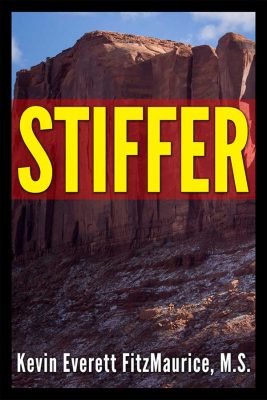Sequence to ActionHow the Mind WorksRelated Pages6 Groups of Topics10 Skills & Topics
How the Mind Works in
Feeling-Intention Therapy
Learn how the mind works so you can do better. Yes, you will do better when you know what you are doing.
- Garden will teach you an easy and effective Cognitive Behavioral Therapy (CBT & REBT) system.
- Ego will help you to live sane in an insane world of competing ego stories.
- Stiffer: Stoic Mind will teach you the STPHFR system to Gain a Stoic Mind.
How the Mind Works: Notes on this Update
- This table adds steps to the sequence that causes us to act.
- The comparison of sensations is the new step.
- The new step is executed by the soul, not the heart or the mind.
- Read for the best understanding in the world of feelings and intentions.
How the Mind Works
- This Fast-Fact is about the nature of the mind.
- This Fast-Fact is about learning how we take action.
- Information on the nature of thinking.
How the Mind Works: New Information
- The above table provides new information not in the book Feeling-Intention Therapy.
- One more step is added.
- This new step is about comparing sensations.
- We compare new sensations against our memories of old sensations.
- We then have feelings about these new sensations based on our comparisons.
How the Mind Works: Doubling Is Needed Everywhere
- It turns out that doubling is a principle for every step.
- We always double as our primary way of testing anything.
- We double sensations, feelings, intentions, and thoughts.
- The FIT diagram is correct as it is. What needs to be added is “doubling” to the theory.
How the Mind Works: No New Steps
Basic FIT Diagram Remains Accurate
- A new step is not needed in the diagram.
- We compare and match sensing, sensations, feelings, intentions, thoughts, and behaviors.
- The theory also needs to discuss how we correctly and incorrectly double things.
- The theory is correct as is. The theory will only become more correct by adding the concept of testing by doubling.
How the Mind Works: More Issues Because of Doubling
- The issues of experience, maturity, and thought-things are all relevant to doubling.
- The child lacks the experience to use doubling to test all steps.
- The child does not have enough experience to use doubling at its best because of limited comparisons due to limited experiences.
- Thought-things will result in false doubling when used to double a step.
- Thought-things are an example of false or inaccurate doubling.
- Doubling testing methods can be corrupted by beliefs, perspectives, and politics for false results.
- Emotional maturity and responsibility will allow for better and more accurate doubling testing.
Feeling-Intention Therapy: Seven-Steps Model

- Read and master the life skill of acceptance using the best combination of CBT, REBT, & Stoicism.
- Read for the best understanding in the world of feelings and intentions.
How the Mind Works: Related Pages
- CBT, CT, & REBT: Quotations
- How Self-Control Works: More Info
- REBT & CBT Fast-Facts Collection
- REBT’s Main Website: AEI (www.albertellisinstitute.org) Includes Training Opportunities
- Table of Contents for Feeling-Intention Therapy
- Read and master the life skill of acceptance using the best combination of CBT, REBT, & Stoicism.
- Read for the best understanding in the world of feelings and intentions.
How the Mind Works: 6 Groups of Topics Menu
- 1. Pages by Topic
- 2. Fast-Facts by Topic
- 3. Quotations by Topic
- 4. Poems by Topic
- 5. Scripture by Topic
- 6. Websites by Topic
- Read and discover how CBT, REBT, & Stoicism evolved into one system: STPHFR.
- Read for the best breathing exercises for your feelings and stress.
- Read for the best understanding in the world of feelings and intentions.
How the Mind Works: 9 Skills & Topics Menu
- 1. Anger Skills & Topics
- 2. Blame Skills & Topics
- 3. Communication Skills & Topics
- 4. Coping Skills & Topics
- 5. Counseling Skills & Topics
- 6. Praying Skills & Topics
- 7. Recovery Skills & Topics
- 8. Responsibility Skills & Topics
- 9. Thinking Skills & Topics
- Read and discover how CBT, REBT, & Stoicism evolved into one system: STPHFR.
- Read for the best breathing exercises for your feelings and stress.
- Read for the best understanding in the world of feelings and intentions.




